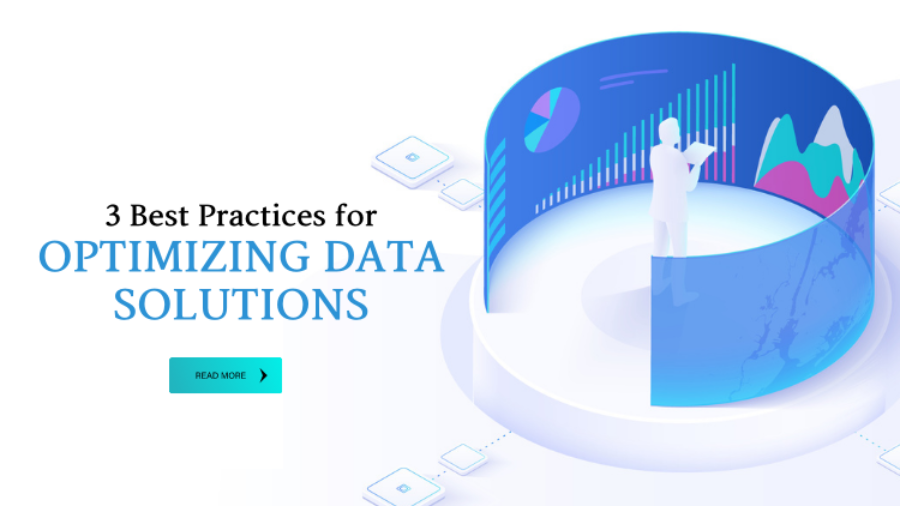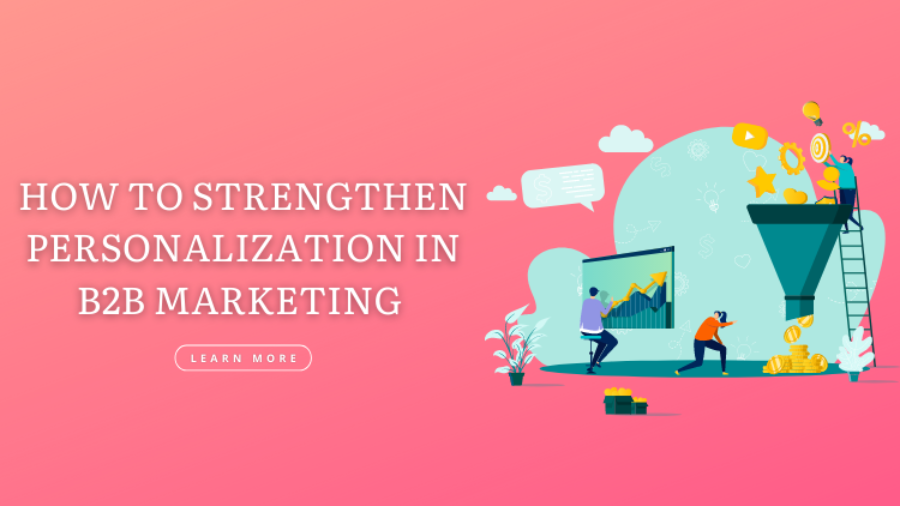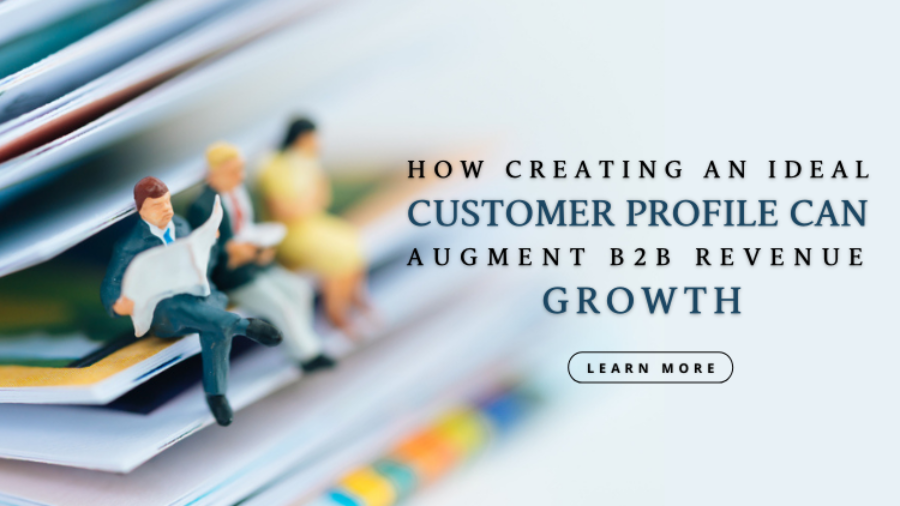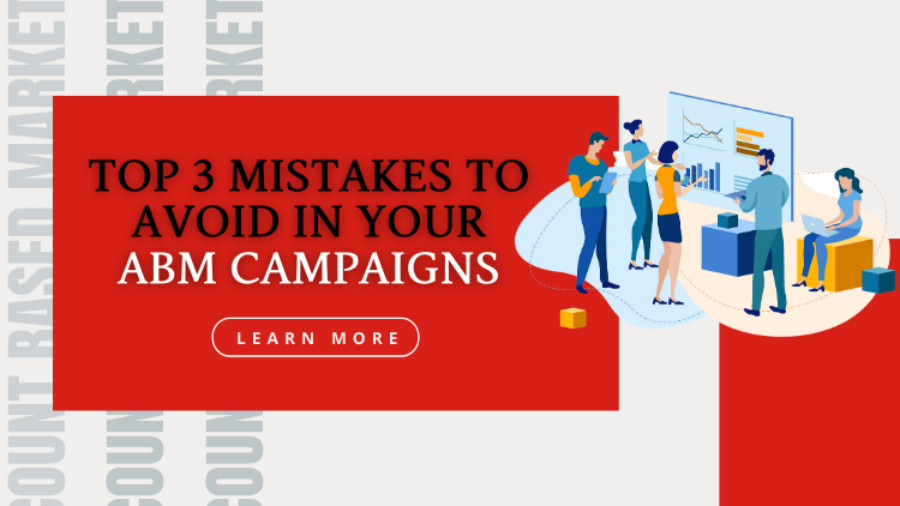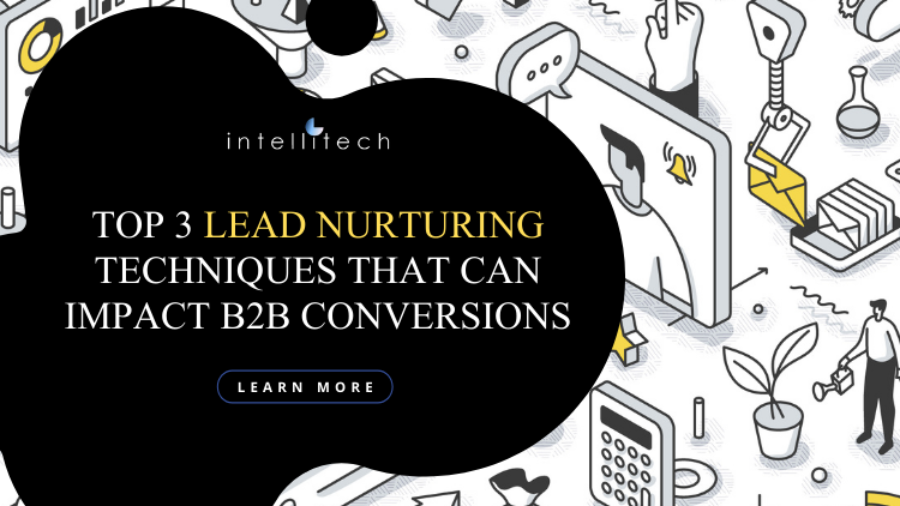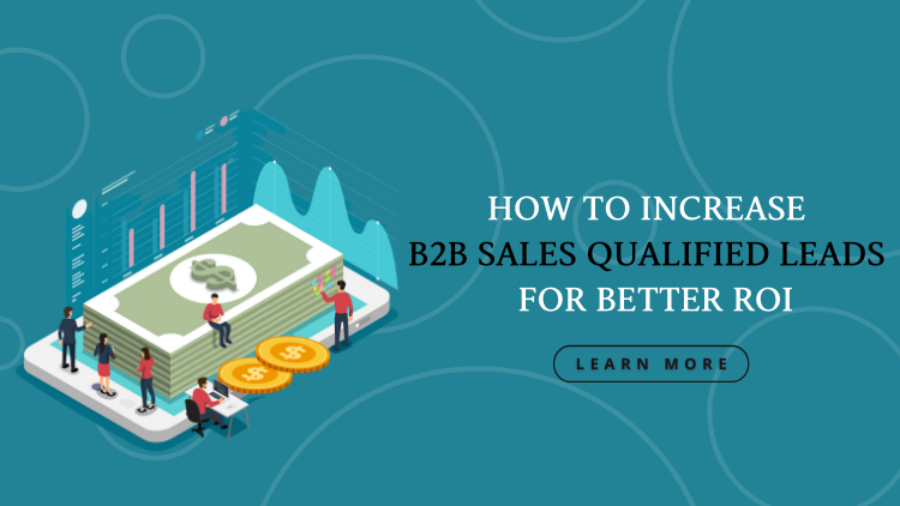As an experienced b2b marketer you may have been using some lead generation tactics for a long time, yet is it possible that they may not have been fully optimized yet? Sometimes all you need to do is dig deeper into some of the existing techniques and tap into their full potential and you can even tweak some of the existing practices as per the response of the leads.
So, how do leads usually respond? They either show interest or engage further or they go cold. But each lead is different and so the tactics to be used to lure those leads also have to be unique.
This blog discusses 5 clever lead generation ideas you may not have tried or may have tried but not with a unique approach.
Diverse marketing mix-
There is no sure shot way to success when it comes to lead generation and there isn’t a single channel approach that can bring success either.
When the audience is diverse and is so heavily distributed, marketers must not leave any potential untapped. Adopting a marketing mix such as combining organic and paid campaigns can add up to the chances of getting leads converted. Using content syndication, email marketing, social media marketing, content marketing are the various different ways to make sure all avenues are explored for best results.
Even if you are generating demand, you need to establish brand visibility and offer valuable content assets with an omni-channel presence.
Enhancing the probability of generating or attracting leads is the best possible strategy for b2b lead generation.
Conversations with sales team-
This may seem like the ‘not so significant’ factor involved in lead generation, but cross-functional communication is critical to lead generation success.
Sales team is the one who is in direct contact with the prospects. They know first-hand about the prospect, about the pain-points, challenges and so they know the prospect fully well and about their needs too.
Hence the feedback of sales team is instrumental in shaping current as well as future strategies. This can be a decisive factor, as lot of lead nurturing activities can be shaped as per the feedback from the sales team.
A one-on-one conversation can lead to a lot of more revelations, experience-sharing and insightful discussions that can lead to even creating valuable content assets. All this can support lead generation efforts to maximise the ROI.
Generate demand-
How about investing in generating demand rather than investing time and efforts in traditional methods that make you run behind the leads with no guarantee of returns?
Talk about focused approach and investing in prospects you already know. Think ABM!
Account Based Marketing is therefore one of the most popular ways for converting leads. Focusing on ABM allows you the freedom to not rely too much on getting that email ID, or waiting for that form to be filled.
Simply focus on what you know, on the account and start from there. Design and deliver the best ways and solutions to the focused audience or company and reap the benefits in less time.
Grab your Free E-book for more techniques on lead generation
Let your website work for leads-
Website is not just a decorative platform; in fact, today it goes even beyond attracting leads. It helps to even convert leads and encourage the visitors to fill in that form you so want them to.
So how do you let your website work for you? Start by making your website less complicated and more self-navigating to direct the users toward engaging more.
Come up with incredible CTAs placed strategically on your webpages. Simply limit the exit options so that your visitors don’t get lost within your website. Keep it simple to help them with quick decision making.
Minimize the exit points on your website by an integrated design and CTAs at each level to keep them engaged and to convert them too.
Make data the lean-on pillar-
Make lead generation more scientific! Using proven methods such as data can be helpful to guarantee results.
Maximise the use of cleansed data for better returns. Channelizing this valuable data can also give you the ROI on data.
Data can used to analyse buyers’ journey. This could give more scope to you to analyse and even up your game each time you decide a strategy to contact your prospect.
Conclusion-
Lead generation needs clever and innovative approaches to help get results. You don’t have to reinvent the wheel each time, you can simply go back to what you have been doing so far, analyse it and tweak and fine-tune the current ways of implementing the strategies.

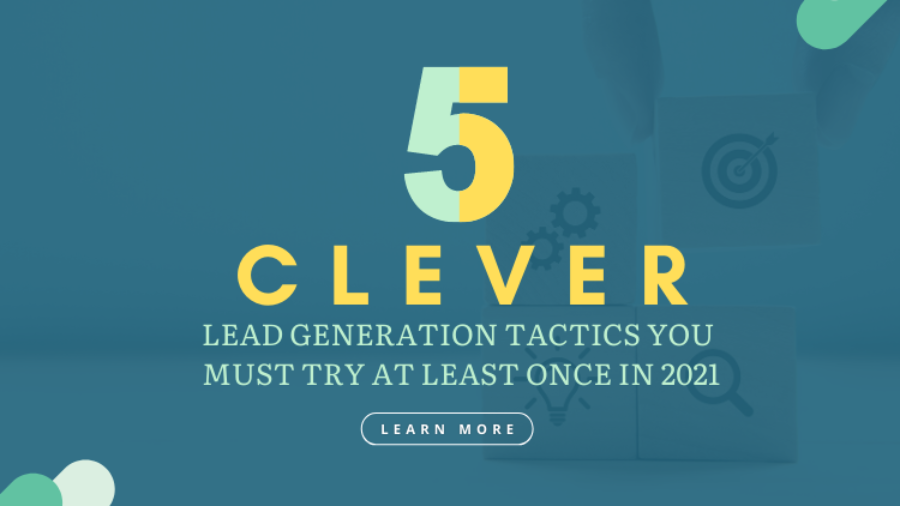


 Conclusion-
Conclusion-